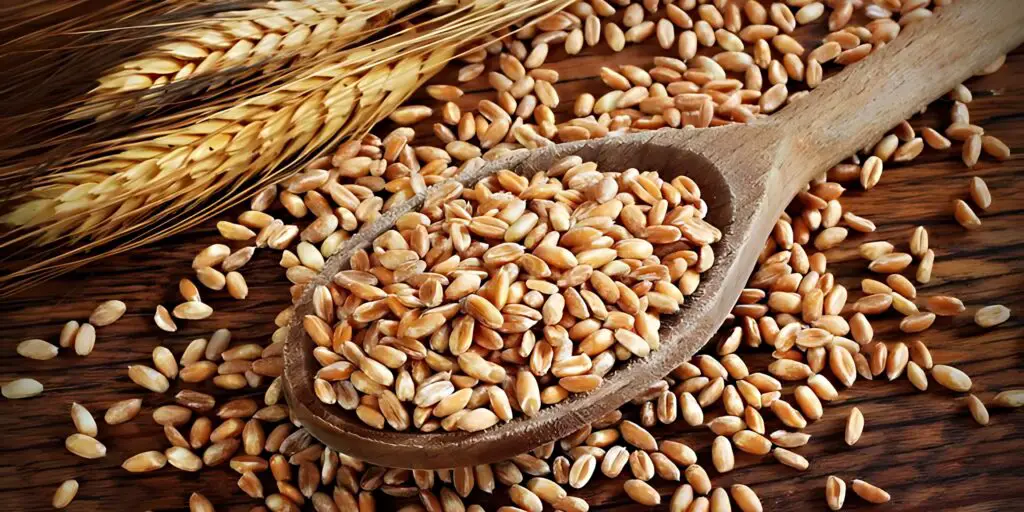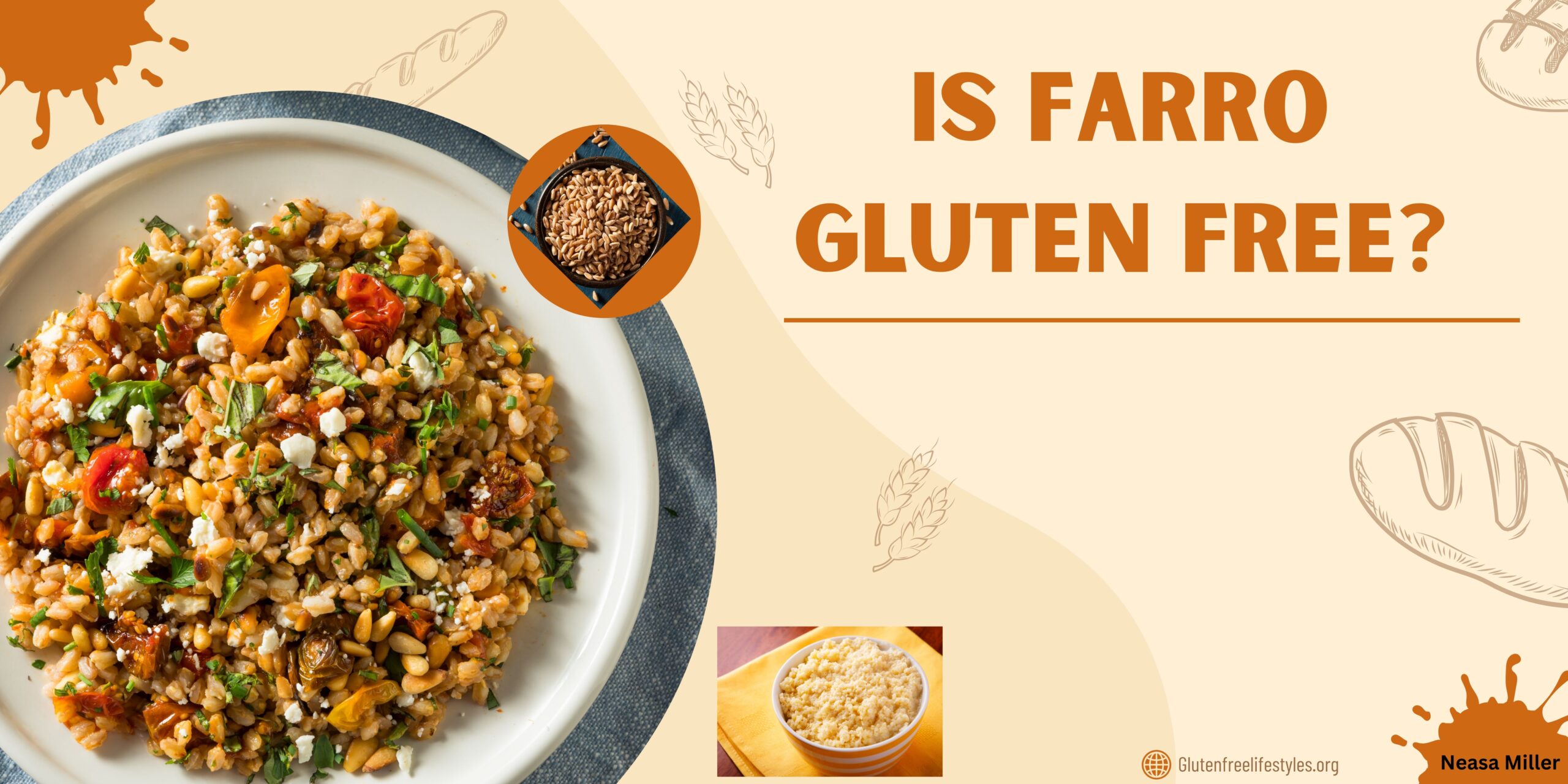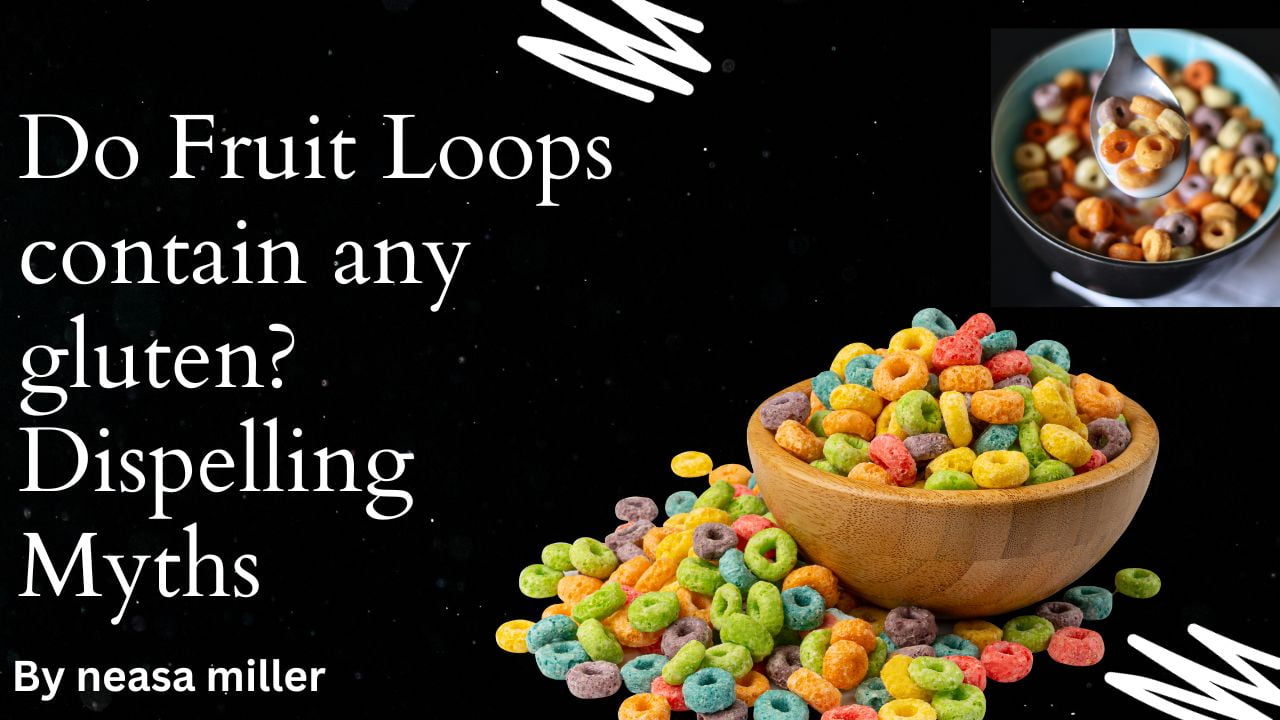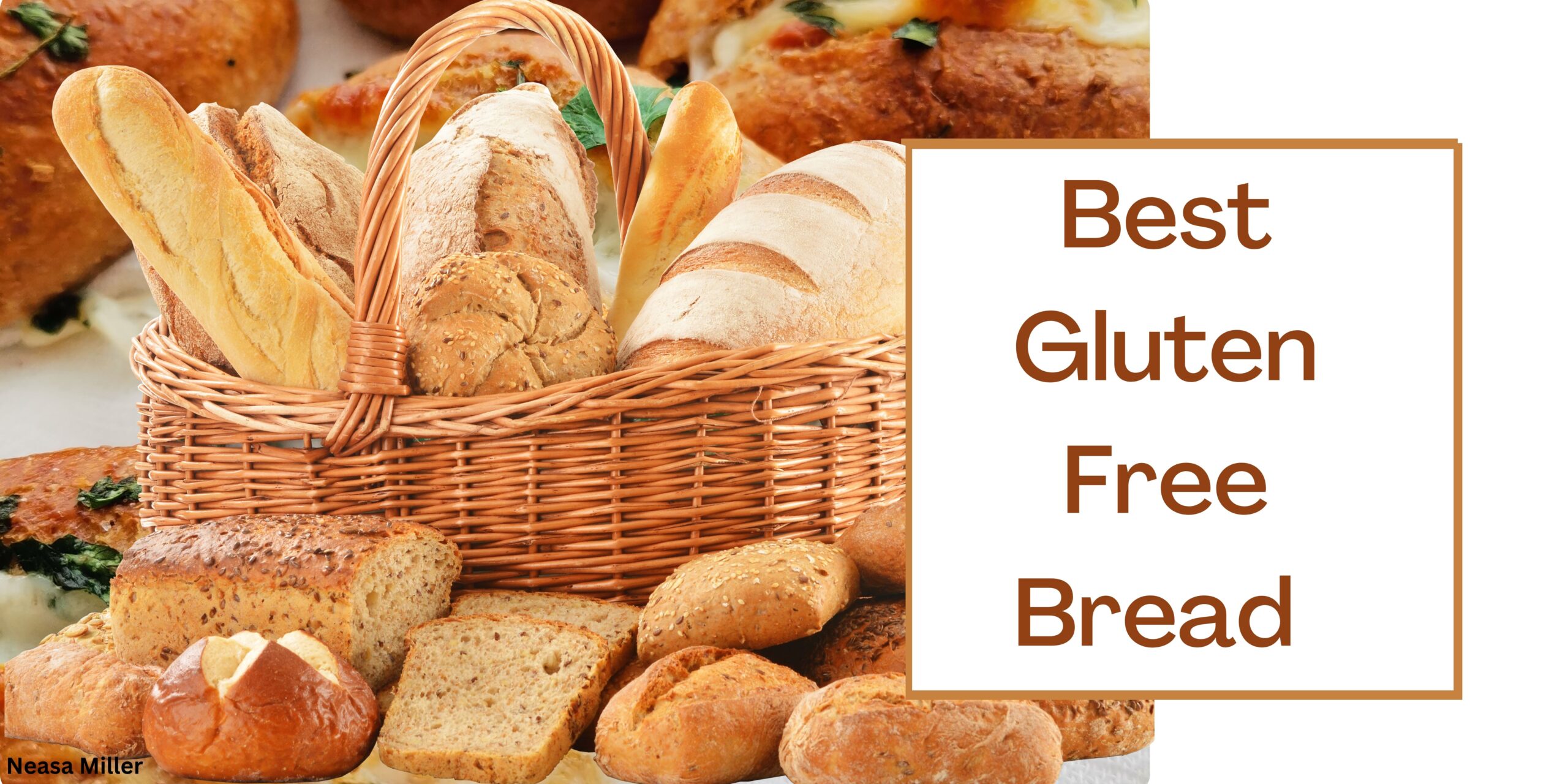While Farro might seem like a healthy whole grain option, the answer to the question “is farro gluten-free?” is a definitive No you can’t consider Farro gluten-free. Farro is a type of wheat, and therefore, it naturally contains gluten.
What is Farro and Why is it Popular?
Farro is an ancient grain, a hulled wheat from the Middle East. It boasts a nutty flavor and chewy texture, making it a popular addition to salads, soups, pilafs, and other dishes. Farro comes in three main varieties:
- Einkorn: The oldest type of wheat, known for its small, firm kernels.
- Emmer: Offering a slightly larger size and milder flavor compared to Einkorn.
- Spelt: The most common variety, with a slightly sweet taste and chewy texture.
Farro has gained popularity in recent years due to its perceived health benefits. It’s a good source of fiber, protein, and essential minerals like magnesium, phosphorus, and zinc.
Why Farro Contains Gluten
Gluten is a protein complex found in wheat, barley, rye, and triticale. For individuals with celiac disease or gluten sensitivity, consuming gluten triggers an immune response that can damage the small intestine and lead to various health problems.
Since farro is a type of wheat, it naturally contains gluten. This means it’s not suitable for people with celiac disease or gluten sensitivity who need to strictly avoid gluten in their diet.

Enjoying Delicious Grains Without the Gluten: Alternatives to Farro
While farro isn’t gluten-free, there are many delicious and nutritious alternatives you can explore:
- Quinoa: A complete protein seed rich in fiber and essential nutrients, with a slightly nutty flavor and fluffy texture.
- Brown Rice: A classic whole grain option offering a satisfying texture and a good source of fiber.
- Millet: A naturally gluten-free grain with a mild, slightly sweet flavor and a good source of protein and fiber.
- Sorghum: Another gluten-free option with a chewy texture and slightly sweet flavor, versatile for salads, pilafs, or even gluten-free flours.
- Oats: Naturally gluten-free (but be cautious of oats processed in facilities handling wheat), a good source of fiber and beta-glucans, which can help lower cholesterol.
These alternatives provide a variety of flavors and textures, allowing you to enjoy delicious and nutritious grain options without the worry of gluten.
Living Gluten-Free: Tips for Making Informed Choices
If you have celiac disease or gluten sensitivity, here are some additional tips for navigating your diet:
- Read Labels Carefully: Always check food labels for ingredients containing gluten (wheat, barley, rye, triticale). Look for certified gluten-free labels for added peace of mind.
- Ask Questions at Restaurants: Don’t hesitate to inquire about ingredients and preparation methods when dining out.
- Explore Gluten-Free Resources: Numerous cookbooks, websites, and online communities offer recipes and guidance for a delicious and healthy gluten-free lifestyle.
Living gluten-free doesn’t have to be restrictive. With a little knowledge and exploration, you can discover a world of delicious and nutritious alternatives
FAQs.
It depends on your sensitivity. If you experience symptoms like bloating, diarrhea, or fatigue, consult your doctor.
There’s a slight possibility. Look for certifications from reputable organizations like the Celiac Disease Foundation. It’s best to consult your doctor for guidance.
Absolutely! Explore gluten-free alternatives like brown rice or millet for risotto. Many restaurants offer gluten-free options as well.
There’s a risk of trace amounts of gluten lingering. To be safe, thoroughly wash the pot or use a separate one for gluten-free grains.
Yes! Be cautious of ingredients like malt flavoring, modified wheat starch, and hydrolyzed vegetable protein, which may contain gluten.



